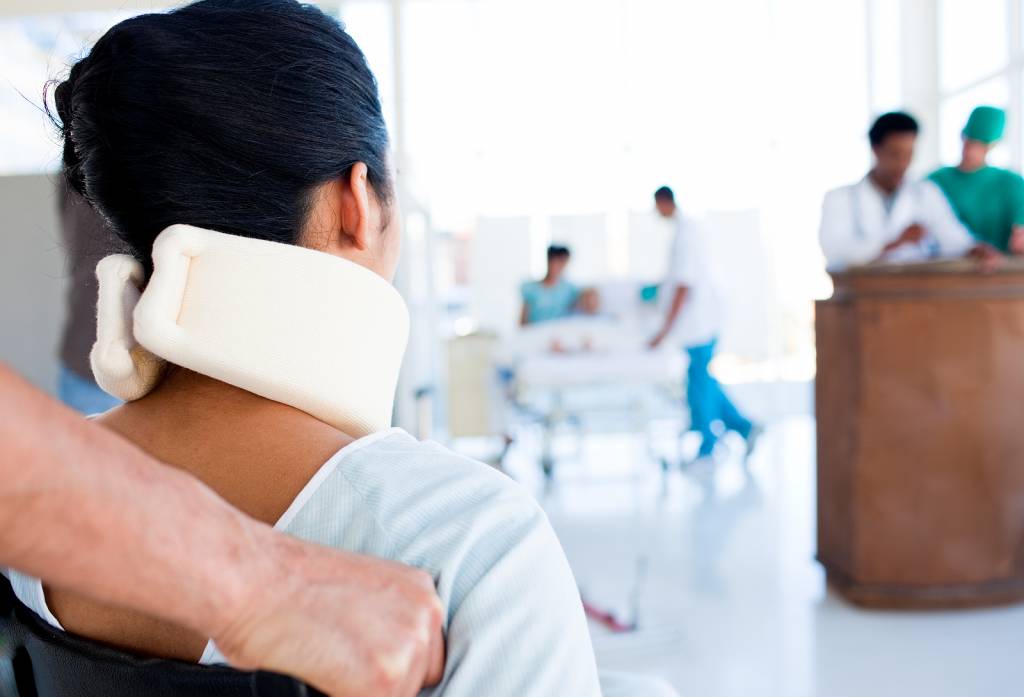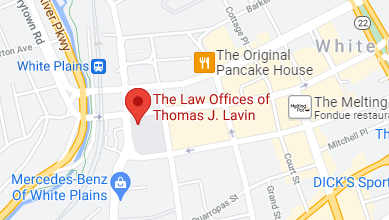Construction sites are some of the most hazardous workplaces, and accidents are unfortunately common. When an accident occurs, it can result in significant injuries, long-term disabilities, and, in the worst cases, fatalities.
Understanding Construction Accident Claims
Construction accident claims in New York fall under the broader umbrella of personal injury law. However, they are required to follow quite a few specific rules and regulations due to the inherently dangerous nature of construction work. New York has stringent laws designed to protect construction workers, including what is often referred to as the “Scaffold Law.” These laws impose strict liability on owners and general contractors for certain types of accidents, especially those involving falls from heights.
The Importance of the Scaffold Law
New York’s Scaffold Law, codified in Labor Law Section 240, is unique in that it imposes complete liability on property owners and general contractors for gravity-related injuries, such as falls from scaffolding or ladders. If a worker falls from a height and is injured, the property owner or contractor can be held liable regardless of whether the worker is partially at fault.
The intent behind this law is to ensure that workers are given proper safety equipment and that the workplace is as safe as possible. The law also emphasizes the importance of adherence to safety regulations on construction sites, making it a critical aspect of any construction accident claim in New York.
Steps in Filing a Construction Accident Claim
Pursuing a construction accident claim in New York involves several key steps, each crucial for building a strong case. The process can be hard, requiring a thorough understanding of both state and federal laws governing construction work.
1. Seeking Immediate Medical Attention
The first and most important step after a construction accident is seeking immediate medical attention. Not only is this essential for the health and safety of the injured worker, but it also serves as critical evidence in a legal claim. Medical records documenting the injuries sustained are indispensable when proving the severity of the injuries and their impact on the worker’s life. Without proper medical documentation, it can be challenging to secure compensation, as the defense may argue that the injuries were not as severe or were unrelated to the accident.
2. Reporting the Accident
After receiving medical attention, the next step is to report the accident to the employer or site supervisor. In New York, it is crucial to report any workplace injury as soon as possible. Reporting the accident creates an official record, which is necessary for both workers’ compensation claims and any potential third-party lawsuits. Failure to report the accident promptly could lead to complications in the claims process, including delays or denial of benefits.
3. Consulting with an Experienced Construction Accident Attorney
Given the complexities of New York’s construction laws and the potential for multiple liable parties, it is a good idea to consult with an experienced construction accident attorney. An attorney specializing in construction accident claims can review the case, identify all potential sources of compensation, and navigate the legal process on behalf of the injured worker.
The attorney will also ensure that the injured worker meets all necessary deadlines, such as the statute of limitations for filing a claim, which in New York is typically three years from the date of the accident.
4. Investigating the Accident
Once an attorney is involved, the next step is to conduct a thorough investigation of the accident. This investigation will include gathering evidence such as photographs of the accident scene, witness statements, safety inspection reports, and any relevant documentation that can support the claim.
The goal of the investigation is to establish how the accident occurred, who was at fault, and whether there were any violations of safety regulations. In some cases, it may be necessary to involve experts in construction safety to provide testimony on industry standards and how they were breached.
5. Determining Liability
Determining liability in a construction accident claim can be complex, as multiple parties may be responsible for the worker’s injuries. Potentially liable parties include the property owner, general contractor, subcontractors, equipment manufacturers, and even architects or engineers involved in the project.
In New York, owners and contractors have a non-delegable duty to provide a safe work environment, which means that they cannot escape liability by claiming that the responsibility was shifted to another party, such as a subcontractor. The attorney will work to identify all liable parties and pursue claims against each one to maximize the compensation available to the injured worker.
The Role of Workers’ Compensation
Injured construction workers in New York are often eligible for workers’ compensation benefits, which include pay replacement and medical treatment. Because workers’ compensation is a no-fault system, the injured worker need not establish employer negligence in order to obtain payments. However, especially in situations involving serious injuries or long-term impairments, workers’ compensation benefits are sometimes restricted and could not adequately cover the entire extent of the employee’s losses.
The Litigation Process
If a settlement cannot be reached through negotiations with the liable parties, the next step is to file a lawsuit and proceed to litigation. The litigation process involves several stages, including filing the complaint, discovery, depositions, and, if necessary, trial.
Seek Legal Guidance
The legal process for construction accident claims is complex and requires careful navigation to achieve a successful outcome. New York’s labor laws provide significant protections, but understanding and effectively utilizing these laws requires the expertise of an experienced attorney. Call The Law Offices of Thomas Lavin today at 718-957-8695 to schedule a free consultation with us.






